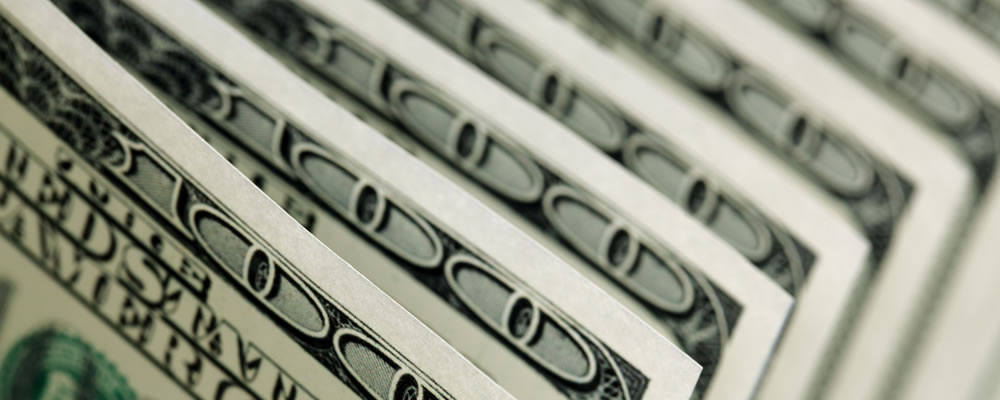Signs of Eurozone Economic Slowdown Trigger EUR/USD Exchange Rate Losses
The Euro (EUR) has fallen to a 2-month low against the US Dollar (USD) today, following the news that Eurozone economic activity has slowed.
Initial estimates for October have revealed predictions for a slower pace of activity in Germany and the Eurozone, covering services, manufacturing and composite PMIs.
Summing up a disappointing set of data releases, IHS Markit Chief Business Economist Chris Williamson said:
‘The pace of Eurozone economic growth slipped markedly lower in October, with the PMI setting the scene for a disappointing end to the year.
‘The survey is indicative of GDP growth waning to 0.3% in the fourth quarter, and forward-looking indicators, such as measures of future expectations and new business inflows, suggest further momentum could be lost in coming months.’
US Dollar to Euro Exchange Rate Rises to 2-Month High on USD/EUR Resilience
The US Dollar (USD) has displayed considerable strength today, rising by 0.6% against the Euro (EUR) despite the handicap of disappointing economic news.
This latest advance puts the USD/EUR exchange rate up to its best level since August.
Going against a US Dollar rise, yesterday’s Federal Reserve Richmond manufacturing reading showed a considerable decline.
More recently, US President Donald Trump has criticised the Fed for raising interest rates, as part of his longstanding criticism of the US central bank.
Voicing his grievances against the Fed’s repeated interest rate hikes, Mr Trump said:
‘I’m just saying this: I’m very unhappy with the Fed because Obama had zero interest rates. Every time we do something great, [Fed Chair Jerome Powell] raises the interest rates.
‘[He] almost looks like he’s happy raising interest rates.’
Higher interest rates are a problem for Mr Trump because they can reduce US exports due to a too-strong US Dollar.
Euro to US Dollar Exchange Rate Forecast: Is EUR/USD Volatility ahead on Fed Speeches?
There might be Euro to US Dollar (EUR/USD) exchange rate turbulence ahead, when US PMI data comes out today ahead of some later Federal Reserve speeches.
In the former case, this afternoon’s US PMI estimates for October could weaken the US Dollar and enable a brief rise against the Euro if they show a decline.
The preliminary figures are expected to show a slower pace of overall economic activity during the month, which may be enough to rattle USD traders.
The more significant events will be the later speeches from Fed officials James Bullard, Loretta Mester and Raphael Bostic.
Mr Bullard is considered a cautious policymaker but isn’t currently voting on Fed interest rate decision, while Ms Bullard and Mr Bostic are voting.
The latter two policymakers are considered to be more in favour of raising interest rates, so they could boost US Dollar demand with pro-rate hike statements.
A fourth Fed rate hike is expected in November or December this year, but there is still uncertainty about how many rate increases could come in 2019.
Indications that there could be multiple interest rate increases next year may be all that is necessary to cause greater midweek USD/EUR exchange rate gains.



